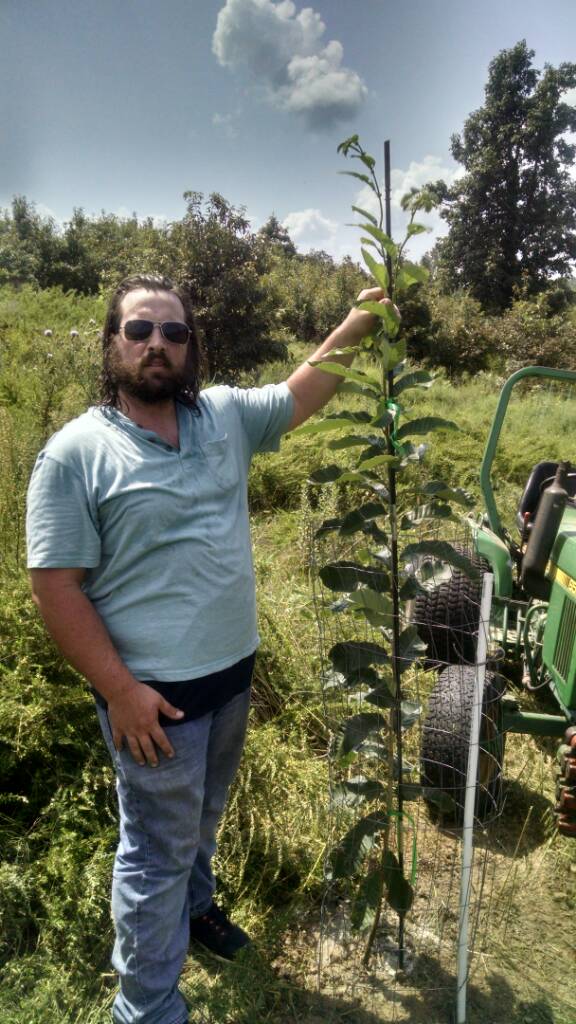yoderjac
5 year old buck +
Jack,
This seems counter intuitive
How is artificial light preferable over natural sunlight ? What is the theory and reasoning? Evidence?
bill
Bill,
Artificial light is not preferable over natural sunlight. Sufficient light intensity is preferable over insufficient light intensity. In the winter months the sun is low in the sky and goes through much more atmosphere and is further away. The intensity is reduced significantly. Dr. Whitcomb mentions this in one of his papers. Keep in mind we are bending nature when we start tree seedlings indoors. Plants use different parts of the light spectrum at different times of growth. The sun provides full spectrum light. This is why if you buy high-end plant lights they come with a spectrogram.
I did some research and played around with different lights. I found that tree seedlings are spending such a short portion of their life indoors that the spectrum is really not a first (or even second) order factor in seedling development. I use inexpensive shop lights with inexpensive fluorescent bulbs. Just like there are issues trying to start trees in December or January in a greenhouse with only natural light because of the low intensity, if you don't have enough intensity with the artificial light you can have the same problems. Light intensity diminishes with the distance squared. So, I find the least expensive most effective solution to rig inexpensive shop lights that are cool on ropes or chains so they can be adjusted as the trees grow to keep them close.
Everything I've read in Dr. Whitcombs papers has proven true with my hands-on experience. This was one I hadn't tested. Then I saw a thread on the old forum. A guy was starting pawpaw trees in a greenhouse in the winter with only natural light in rootmaker 18s. I happened to be doing the same thing indoors under lights. While his trees looked OK above ground, the root systems were weak as Whitcomb suggested. There are pictures on the thread I linked. At the same time, my pawpaws were flourishing under lights.
As for the benefits of starting them early, I don't agree that the advantages are negligible, but it may depend on your location. In my area, with my soils, I get a big benefit. I've tried direct seeding, planting directly from 18s, and planting from 1 gal and 3 gal RB2s after one season in containers. Planting from 3 gal wins hands down. My thread on maximizing growth with rootmakers (http://www.habitat-talk.com/index.p...th-rootmakers-transfered-from-old-forum.5556/) shows going from a nut to a 6' tall 3/4" seedling in 10 months. My direct seeded trees are lucky to be a foot tall at the end of the first growing season. Someone with rich fertile soil or who can baby trees in the field may do much better than me with direct seeding. So far, in my area, direct seeded trees are not catching up.
So in my case, it is definitely a cabin fever relief project but the benefits are much greater than direct seeding. If they were not, I'd be doing other things with my time in the winter months.
Thanks,
Jack







